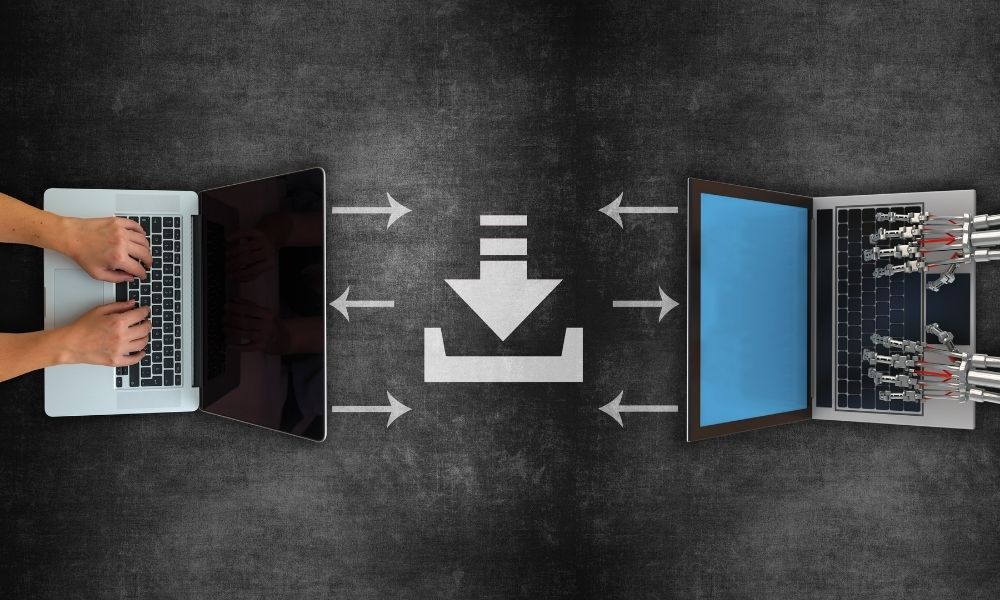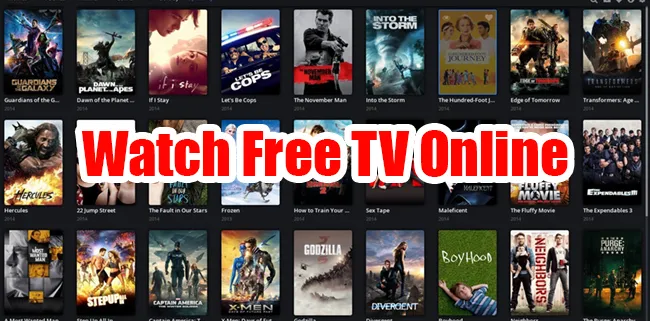Introduction
In today’s digital age, video streaming has become an integral part of our daily lives. From entertainment to education, businesses to social interactions, the demand for high-quality video content is ever-growing. However, traditional video streaming services often face challenges such as high bandwidth costs, buffering issues, and centralized control. Enter DiviCast – a revolutionary peer-to-peer (P2P) video streaming platform that aims to disrupt the industry with its innovative approach. In this comprehensive guide, we’ll delve deep into what DiviCast is all about, how it works, its benefits, potential challenges, and its impact on the future of broadcasting.
What is DiviCast?
DiviCast is a decentralized video streaming platform that leverages P2P technology to distribute video content directly from users’ devices, eliminating the need for centralized servers. Founded on the principles of decentralization, DiviCast aims to democratize video streaming by putting the power back into the hands of users. By harnessing the collective computing resources of its network participants, DiviCast creates a distributed infrastructure capable of delivering high-quality video content at scale.
How Does DiviCast Work?
At the core of DiviCast’s technology is its P2P network, which consists of nodes connected via the internet. When a user initiates a video stream on DiviCast, the platform’s software breaks the video into small chunks, known as “segments.” These segments are then distributed across multiple nodes in the network. As more users join the stream, they automatically start sharing segments, thereby reducing the load on any single node and ensuring efficient content delivery.
DiviCast employs advanced algorithms to optimize segment distribution, taking into account factors such as network latency, bandwidth availability, and node reliability. Additionally, the platform utilizes encryption techniques to ensure the security and privacy of users’ data throughout the streaming process.
Benefits of DiviCast
Cost-Effective:
By utilizing P2P technology, DiviCast significantly reduces the infrastructure costs associated with traditional video streaming services. With no need for expensive servers and data centers, the platform can offer its services at a fraction of the cost.
Scalability:
DiviCast’s decentralized architecture allows it to scale effortlessly in response to increasing demand. As more users join the network, the available bandwidth and computing resources also grow, ensuring a seamless streaming experience for everyone.
Resilience:
Unlike centralized streaming platforms that are vulnerable to server failures and network outages, DiviCast is inherently resilient. Even if certain nodes in the network go offline, the remaining nodes can continue to share content, ensuring uninterrupted playback for users.
Content Accessibility:
DiviCast enables content creators to reach a global audience without facing geographical restrictions or content blocking. By decentralizing content distribution, the platform promotes freedom of expression and cultural exchange on a global scale.
Community Engagement:
Through its decentralized governance model, DiviCast empowers its community of users to actively participate in decision-making processes. This fosters a sense of ownership and collaboration within the platform, driving innovation and continuous improvement.
Challenges and Limitations
While DiviCast offers numerous benefits, it also faces certain challenges and limitations that need to be addressed:
Quality of Service:
Maintaining consistent video quality can be challenging in a P2P environment, especially when dealing with users on varying network conditions. DiviCast must continually optimize its algorithms to ensure smooth playback and minimize buffering.
Content Moderation:
Decentralization poses challenges for content moderation, as there is no central authority responsible for monitoring and filtering content. DiviCast must implement robust mechanisms to prevent the spread of illegal or harmful content within its network.
Network Security:
P2P networks are susceptible to security threats such as malware propagation and distributed denial-of-service (DDoS) attacks. DiviCast must employ strong encryption and authentication protocols to safeguard against these threats and protect users’ data.
Regulatory Compliance:
Operating in a decentralized manner may raise regulatory concerns regarding copyright infringement, data privacy, and content licensing. DiviCast must navigate these regulatory challenges while upholding the principles of decentralization and user privacy.
Conclusion
DiviCast represents a groundbreaking innovation in the field of video streaming, offering a decentralized alternative to traditional broadcasting models. With its advanced features, scalable infrastructure, and diverse applications, DiviCast has the potential to transform the way we consume, create, and distribute video content.















